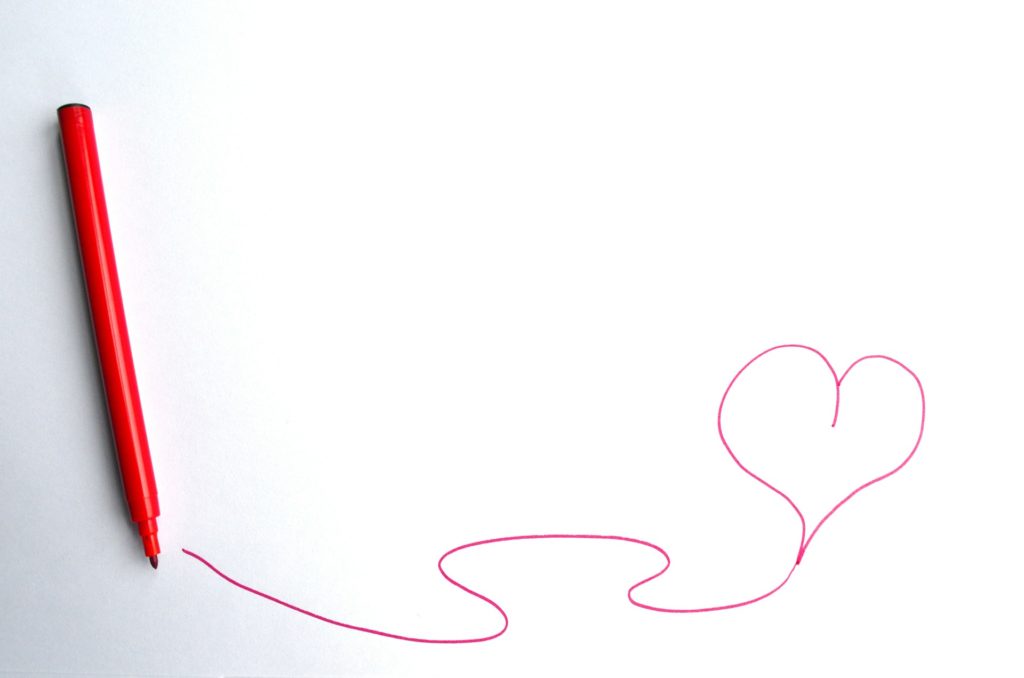By Yvonne Milosevic
Logic tells us that the best way to market anything is to focus on making it as enticing as possible. But when trying to drum up enthusiasm for a new product, innovative solution, or social initiative, one thing often stands in the way of buy-in—and it’s an element most of us forget to account for: Friction.
As Kellogg professors Loran Nordgren and David Schonthal’s new book, The Human Element, shows, adding more value does not always translate into triumph. Instead, we need to reduce or eliminate the frictions that are getting in the way.
“When people hesitate to embrace a new idea, there are two broad explanations. Either the idea lacks appeal (insufficient Fuel), or a Friction is blocking progress.”
Earlier this year, Nordgren and Schonthal previewed several concepts from their forthcoming book during a Kellogg Insightful Leader Live webinar. Today we’re sharing the essential takeaways from that conversation.

Friction vs. Fuel
“We instinctively believe that the way to get people to say yes to our ideas is to add value, to use fuel,” Nordgren explains. “We often neglect the other side of the equation: the friction that opposes change. Ignoring frictions when pursuing ideas would be like building an airplane and caring only about engines and not aerodynamics.”
Consider this example of how removing friction can lead to success. During the webinar, the professors discussed a non-profit’s initiative to have people write “hero cards” for children in the hospital. To encourage engagement, the project leaders tried using both financial incentives and motivational appeals. Now, no one doubts that sending cards to sick kids is a noble undertaking. Even so, neither the monetary lure nor the emotional pleas tipped the scales to improve participation.
What did work? Giving people templates with examples of what to write in a hero card. Their fears about writing the wrong message had been holding them back, and that simple change raised card contributions by 67%.
“Removing friction is often more powerful than increasing fuel,” Schonthal explains. “What’s more important is removing the friction that stands in the way of the thing they already want to do.”

The Four Frictions and What They Represent
Friction #1: Inertia. Is this a significant break from the status quo or just a minor tweak? “The human mind favors the familiar,” Nordgren says. “The bigger and faster the change, the greater the inertia.”
Friction #2: Effort. How much physical, mental, and economic exertion is required to implement the change? “The greater the effort, the greater the resistance,” Nordgren points out.
Friction #3: Emotion. What negative feelings might the idea produce in others? Do members of your target audience feel threatened by the proposed concept or change? Does the idea have the potential to undermine people’s needs?
Friction #4: Reactance. Do people feel pressured by others? Was the intended audience excluded from the idea generation and planning process? “Reaction is the deep human impulse to resist being changed,” Nordgren explains.
Innovators should consider all four of these frictions when launching something new. The Human Element offers guidance for getting to the why underneath the symptoms to find out what’s causing the problem.
“You’re like a detective,” Nordgren says. “You’re analyzing the circumstances to understand the specific frictions operating against you. And once you identify those frictions, in many cases the solutions become self-evident.”
These principles are universal across cultures. And the authors swear it works for innovators of all types—whether you’re advocating for a new product, a departmental restructuring, or a social movement.
“The ideas here apply to change of really any form,” Nordgren says. “We’re trying to speak to anyone who’s trying to bring something new into the world.”
***
We’ve got more friction-related research on the Blacklight! Don’t miss our post highlighting USC Professor Wendy Wood, who shows how we can Use Friction to Make or Break Habits.



